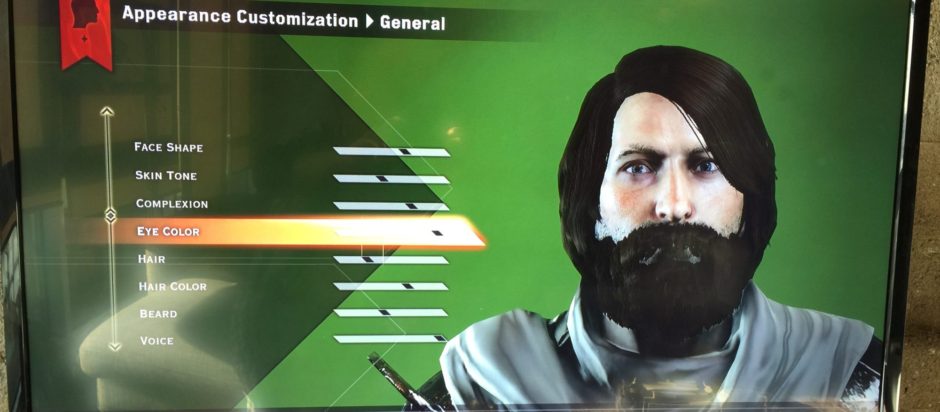Never mind the increasingly ubiquitous surveillance-by-smartphone of where people are. Next up is keeping track of where they will be. University of Illinois researchers Long Vu, Quang Do, and Klara Nahrstedt have prototyped a system that analyzes the movements of people on the U of Illinois campus, then makes predictions about their future movements and social contacts:
The constructed model is able to answer three fundamental questions: (1) where the person will stay, (2) how long she will stay at the location, and (3) who she will meet.
In order to construct the predictive model, Jyotish includes an efficient clustering algorithm to cluster Wifi access point information in the Wifi trace into locations. Then, we construct a Naive Bayesian classifier to assign these locations to records in the Bluetooth trace and obtain a fine granularity of people movement. Next, the fine grain movement trace is used to construct the predictive model including location predictor, stay duration predictor, and contact predictor to provide answers for three questions above. Finally, we evaluate the constructed predictive model over the real Wifi/Bluetooth trace collected by 50 participants in University of Illinois campus from March to August 2010. Evaluation results show that Jyotish successfully constructs a predictive model, which provides a considerably high prediction accuracy of people movement. (ScienceDirect)
Full paper here.
Via New Scientist.
